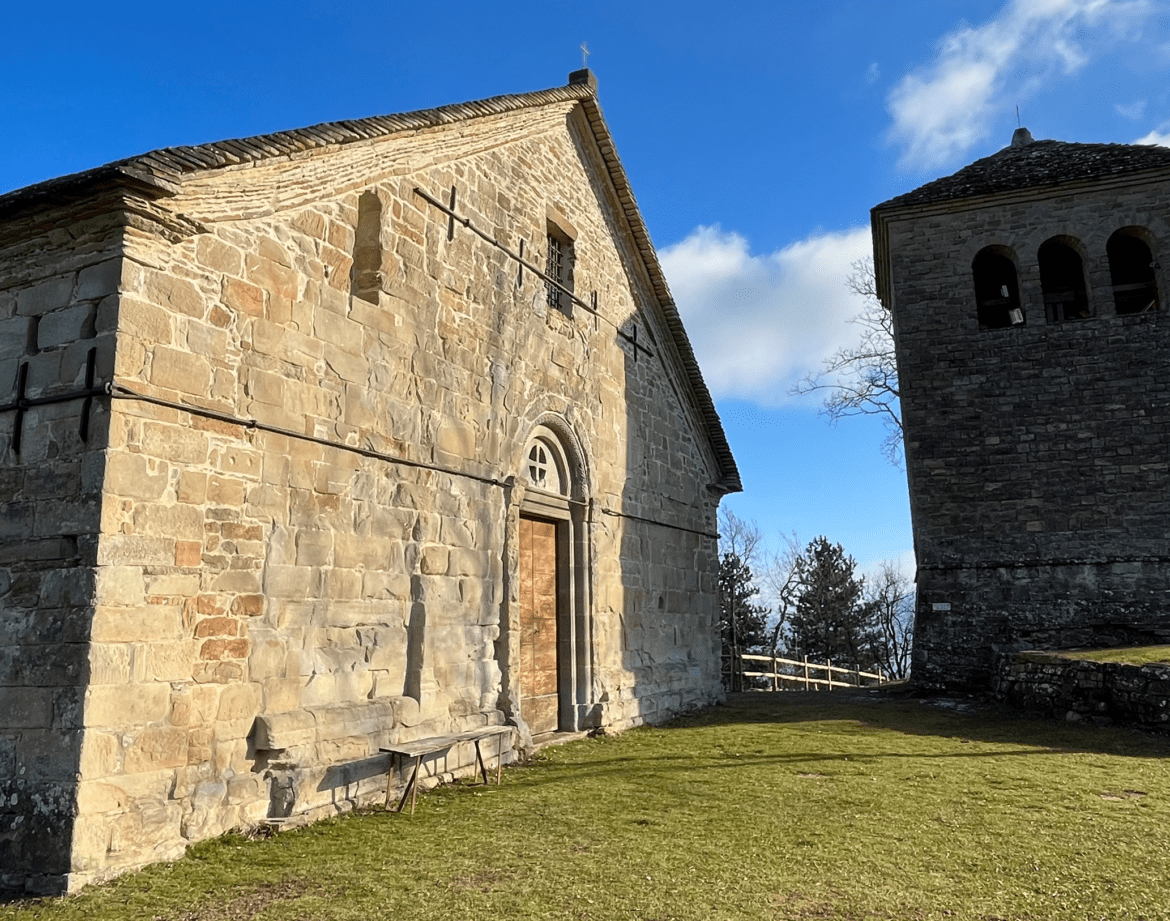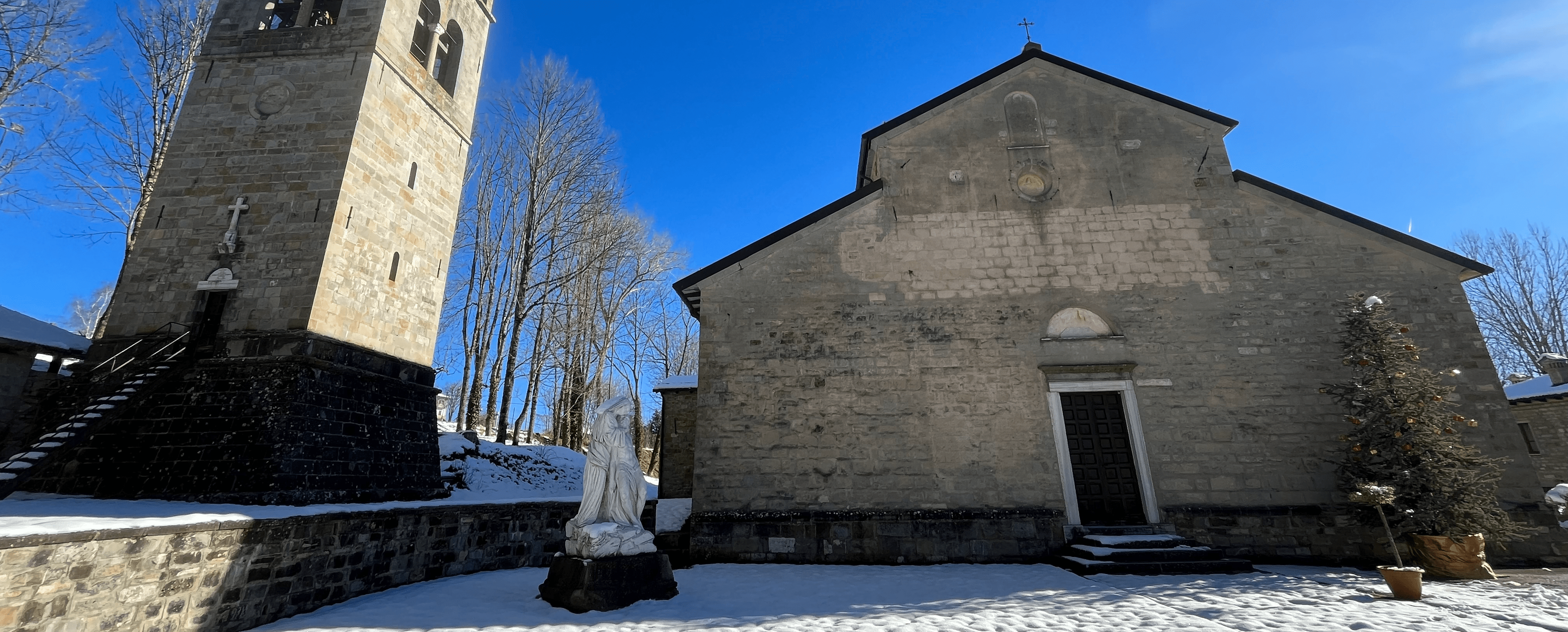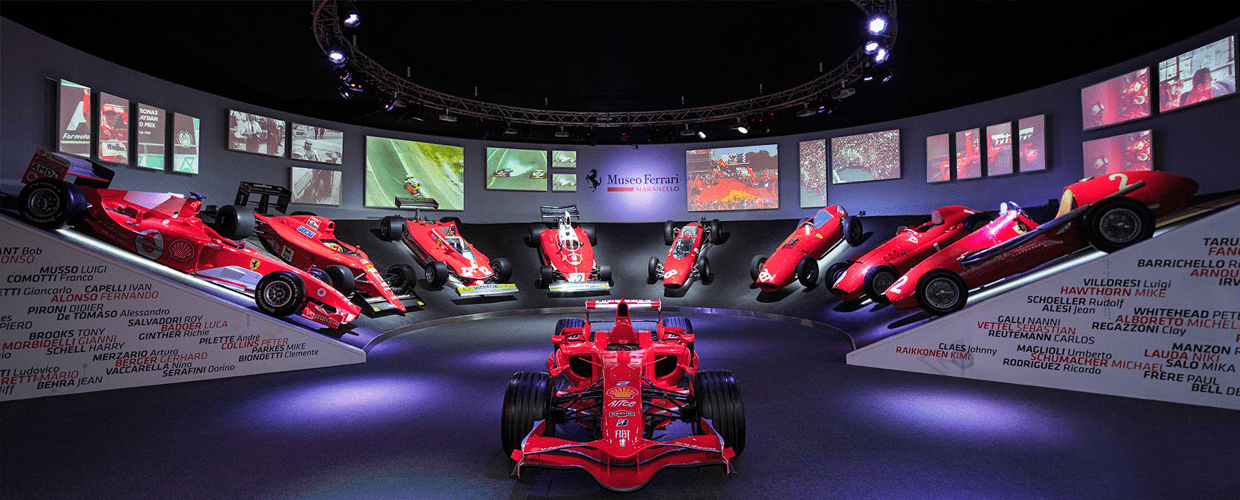History & Museums
Emilia Romagna is a region rich in traditions that can be enjoyed through museums or by visiting historical monuments. These cultural treasures are not limited to large cities but extend to the Appennino as well. In the surroundings of Villa Bonicelli, it’s possible to admire non-mainstream historical monuments and easily reach the major cities in Emilia and even Tuscany, making them ideal destinations for a day trip
Pieve di Toano
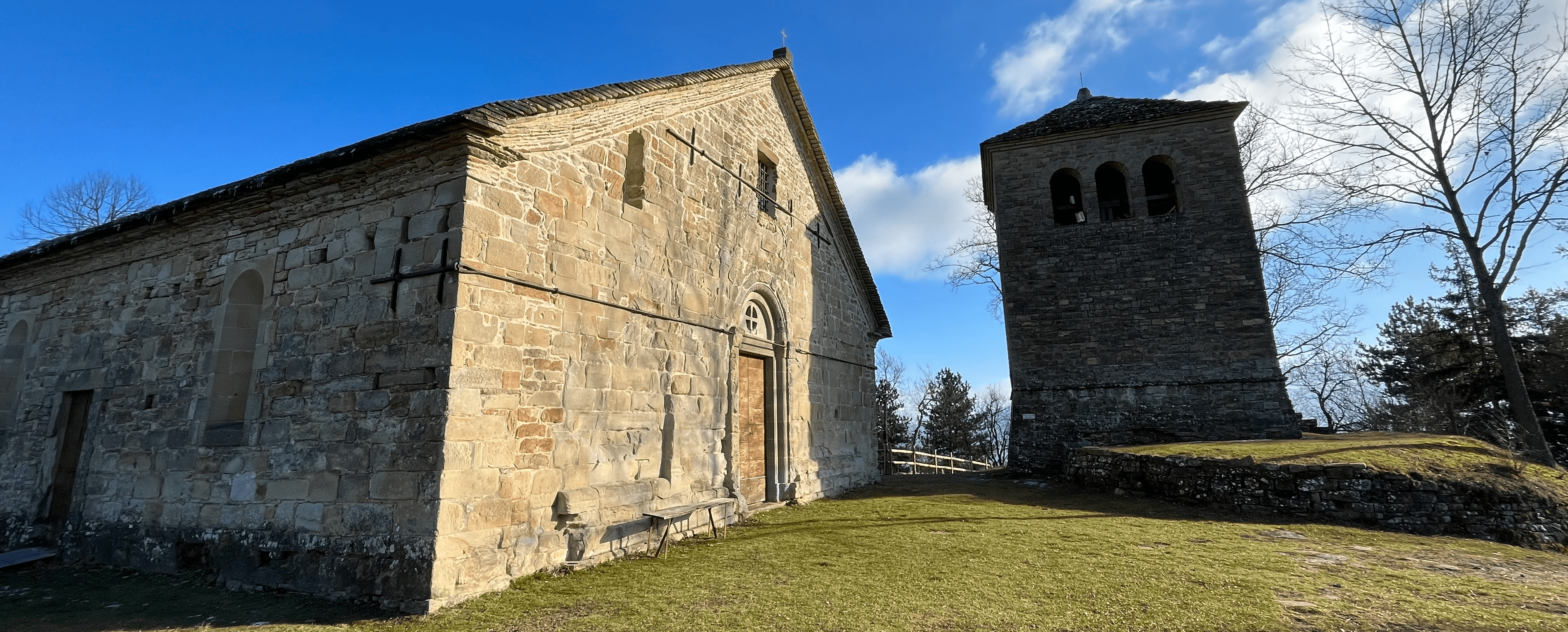 The Parish’s existence is documented in an official decree by Emperor Otto II, dated October 14, 980A.D. Its exact founding period remains uncertain due to the absence of preceding records.
The Parish’s existence is documented in an official decree by Emperor Otto II, dated October 14, 980A.D. Its exact founding period remains uncertain due to the absence of preceding records.
The architectural simplicity is remarkable, imparting a unique solemnity to the monument, showcasing a beauty characteristic of the Romanesque-Lombard style. Featuring a gabled front and a roof crafted from local sandstone slabs.
Opening hours:
is open every Sunday from 10:00 AM to 7:00 PM during the summer and by reservation in winter. Visits on Saturdays or weekdays are possible by contacting the following numbers in advance: 0522.805110 – 389 49.67.577.
Abbey of Frassinoro
Frassinoro is a beautiful village on the other side of the valley and just 10 minutes away from Montefiorino. The religious traditions are amongst the strongest in the whole region, The living “Via Crucis” (Stations of the Cross) in Frassinoro is the most significant religious and popular event in the Emilia-Romagna region, unique of its kind in Italy.
The origins of the first church are thought to trace back to the Italo-Byzantine period spanning the 7th to 10th centuries. Towards the conclusion of the 8th century, a small chapel affiliated with the Rubbiano parish was in existence. This initial church, dating back to around 930 during Sigifredo I’s time, was situated along the ancient Bibulca road. This road traversed the San Pellegrino pass before reaching Lucca and formed part of the pilgrimage route for the veneration of the “Volto Santo” (Holy Face).
Pieve di Rubbiano
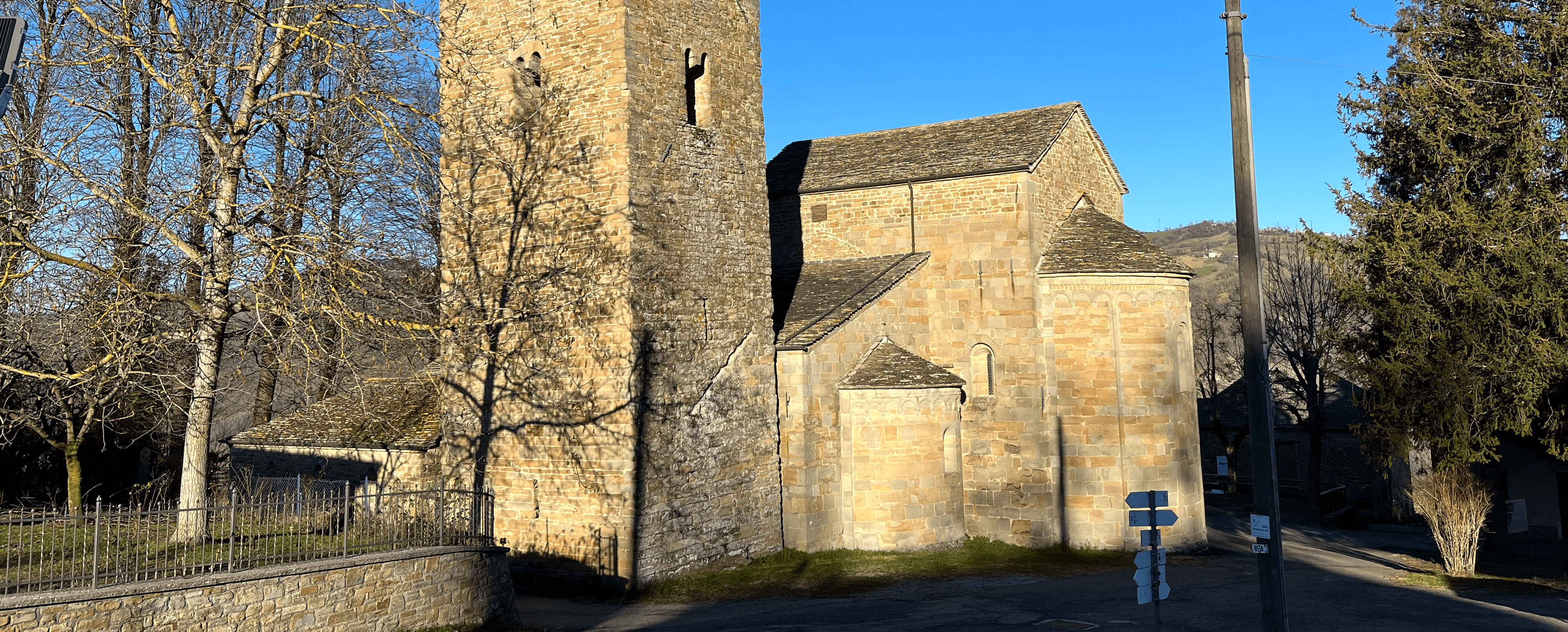 Maybe the most ancient parish church in the Modena region, established in the 7th century and devoted to Santa Maria Assunta. Positioned along the Via Bibulca, a crucial medieval route linking the Secchia Valley to Tuscany through the Alpe di San Pellegrino and the Selva Romanesca in Canossa’s territories, ultimately leading to Lucca—a revered pilgrimage site for the veneration of the ‘Volto Santo’ (Holy Face).
Maybe the most ancient parish church in the Modena region, established in the 7th century and devoted to Santa Maria Assunta. Positioned along the Via Bibulca, a crucial medieval route linking the Secchia Valley to Tuscany through the Alpe di San Pellegrino and the Selva Romanesca in Canossa’s territories, ultimately leading to Lucca—a revered pilgrimage site for the veneration of the ‘Volto Santo’ (Holy Face).
Opening hours:
In the morning from 10:00 AM to 1:00 PM and in the afternoon from 3:00 PM to 6:00 PM, the Parish, which is usually closed, is OPEN TO THE PUBLIC for self-guided visits.
Partisan Resistance Montefiorino Museum
During World War II, the Appennino Reggiano region was a key site for partisan resistance against the German occupation and Mussolini’s Italian Social Republic. Partisan groups formed here, comprising locals, intellectuals, and soldiers who opposed fascist rule.
The Appennino Reggiano partisans played a significant role in disrupting enemy supply lines, aiding Allied forces, and supporting the liberation of Northern Italy. Their efforts contributed to the eventual downfall of the fascist regime and the liberation of the region.
Opening hours:
Weekends and holidays
Morning: 10:00 AM – 1:00 PM
Afternoon: 3:00 PM – 6:00 PM
Tickets:
Full Single Entry €5.00
Reduced Single Entry €4.00
Students aged 12 to 25 (with student ID or university card);
Individuals aged over 65.
Ferrari Museum
The Ferrari Museum, located both in Maranello and Modena, offers a fascinating glimpse into the history and legacy of the iconic Ferrari brand. The museum showcases an impressive collection of Ferrari cars, ranging from vintage models to modern racing machines. Visitors can explore exhibits that detail the evolution of Ferrari’s design, technology, and racing achievements.
Additionally, visitors can enjoy guided tours, driving simulator experiences, and even the opportunity to book test drives in some Ferrari models (subject to availability). It’s a must-visit destination for car enthusiasts, offering a deeper understanding and appreciation of Ferrari’s impact on the automotive world.
Visit the official website to check the newest events!
Emilia Cities
Emilia, the eastern part of the Emilia-Romagna region, boasts a rich history that comes alive while strolling through its city centers. Bologna, the regional capital, stands as the largest and hosts the world’s longest porticoes. Its city center is easily navigable on foot and definitely merits a day trip. Similarly, Modena, Parma, and, of course, Reggio Emilia exude a similar charm with smaller yet stunning city centers. Despite their locations along the Via Emilia route, each city offers distinct culinary delights and traditions.
You cannot miss the “ragù” in Bologna, the “tigelle” and balsamic vinegar in Modena, the “erbazzone” in Reggio, and the “parmesan cheese” both in Parma and Reggio.

